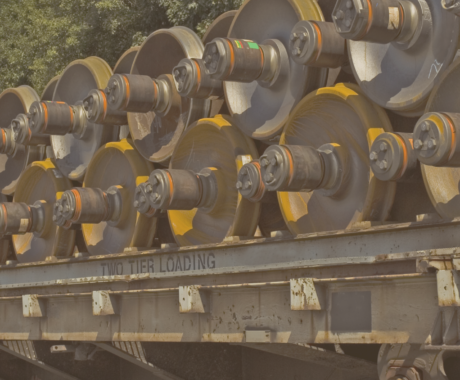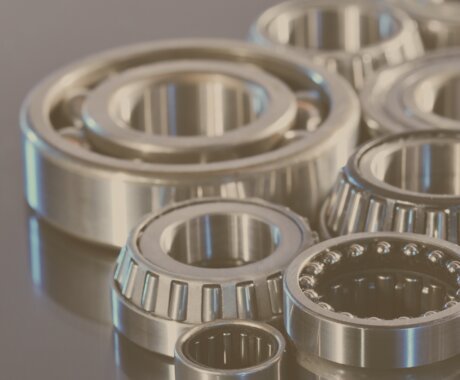For more than a century, railway sector has been the backbone of industrial economies, moving freight, passengers and powering supply chains across continents. But while the rail sector continues to modernize operations, one area has struggled to keep pace – rolling stock maintenance.
In today’s high-stakes, high-speed railway networks, relying on periodic inspections and reactive repairs is becoming increasingly risky, both operationally and financially.
The cost of waiting until something breaks
Railcars, wagons and locomotives are exposed to extreme mechanical stress. Bearings wear, wheels develop flat spots and axleboxes overheat. When left undetected, these issues escalate into critical failures – often without visible warning.
The consequences are costly:
- Service disruptions due to emergency stops or damaged infrastructure.
- Safety risks for staff, cargo and passengers.
- High repair costs compared to early intervention.
- Delays across networks, especially in freight logistics where time slots are tight.
- Fines or reputational damage for late deliveries or blocked lines.
A single axle bearing failure can force an entire train out of service. A wheel flat spot can damage rails and create vibration issues that shorten asset lifespans.
Why today’s challenges demand a different approach
The railway industry is under growing pressure:
- Aging fleets in many regions demand more frequent oversight.
- Higher utilization rates mean less time for scheduled inspections.
- Workforce shortages make it harder to rely on manual checks.
- Environmental conditions (e.g., extreme heat or cold) are intensifying wear patterns.
Traditional maintenance plans, based on time intervals, kilometers traveled or visual inspections are not designed for this level of complexity. They assume a machine fails on a schedule. In reality, it fails when pushed too far, too fast or too long and often, without notice.
The rise of predictive maintenance in rail
This is where predictive maintenance offers a modern solution. By continuously monitoring components like wheels, axles and bearings, it becomes possible to detect anomalies before they become failures.
Key benefits:
- Reduced unplanned downtime.
- Extended component life.
- Better use of workshop resources.
- Improved safety and reliability.
- Data-driven planning for parts and labor.
- And most importantly – trains stay on the rails and out of the depot.
The principle is simple – monitor what matters, all the time. Sensors gather vibration, temperature and motion data from critical components. Software flags irregularities long before they become visible or audible. Maintenance teams can act based on real need not routine.
From high-speed rail to heavy freight
Predictive maintenance is no longer just for high-speed passenger trains or large national operators. It’s becoming relevant to all types of rolling stock – from regional railcars to freight wagons and industrial locomotives.
Freight operators, in particular, stand to gain significantly. Unplanned stops in remote areas, blocked loading zones and undetected wheel damage can create chain-reaction delays that impact multiple customers and logistic chains.
What’s Next?
As railways become smarter, more connected and more automated, maintenance must evolve in parallel. Predictive systems are now compact, wireless and easier to install than ever before offering continuous oversight without disrupting operations.
The future of rail depends on reliability. And reliability starts with knowing exactly what’s happening to your assets before something breaks. Because in modern railways, waiting for a failure is no longer an option.
Find out more about Powerail here: https://viezo.lt/for-wagon-owners-powerail/
Follow Viezo on Linkedin: https://lt.linkedin.com/company/viezo



